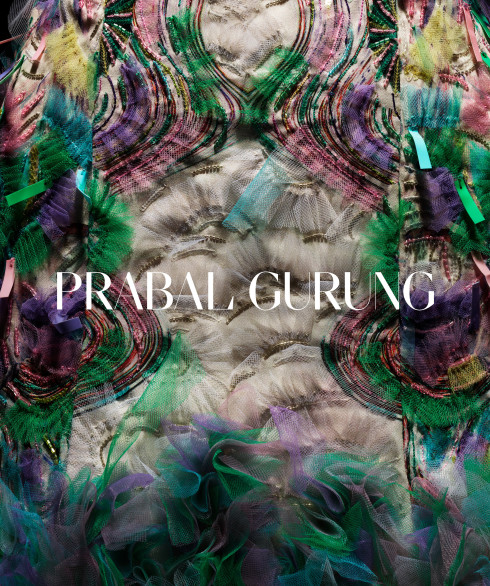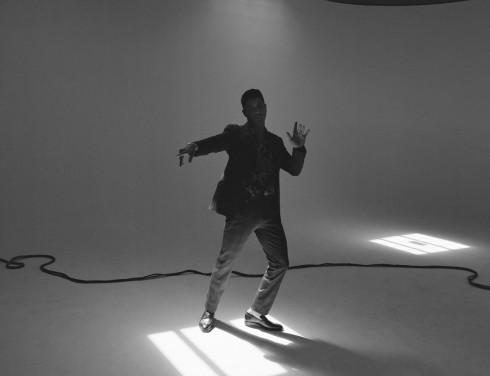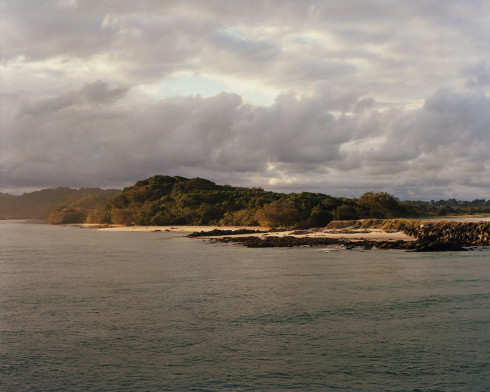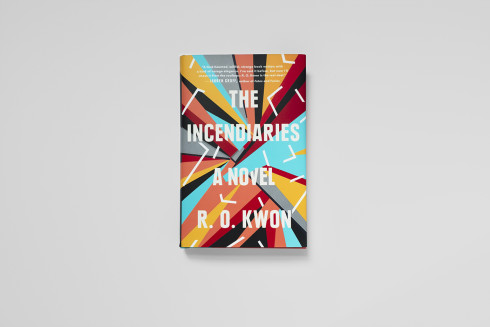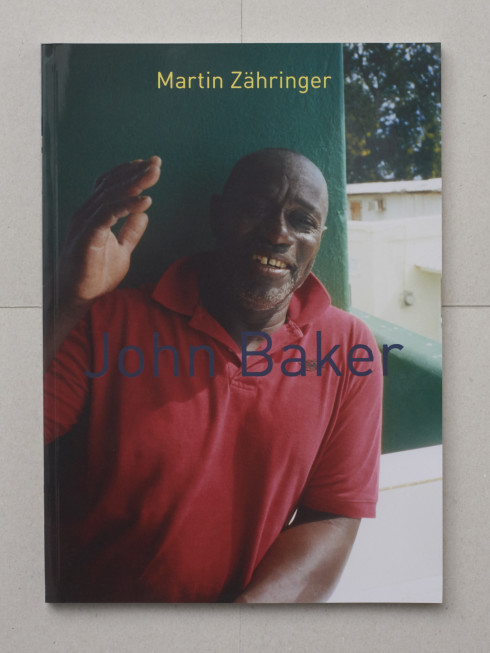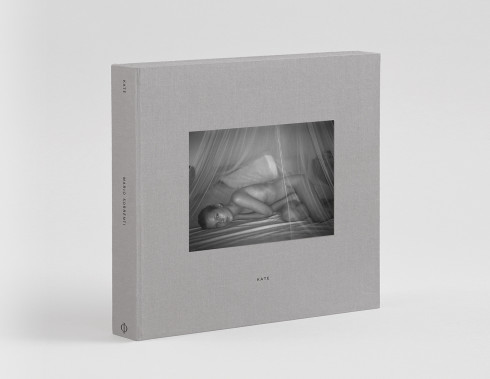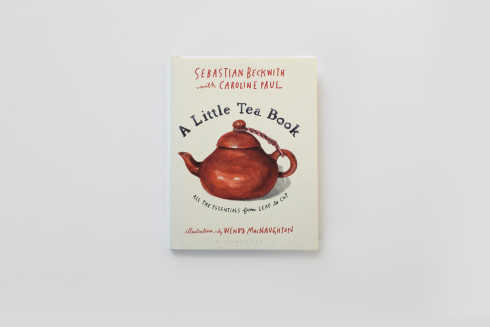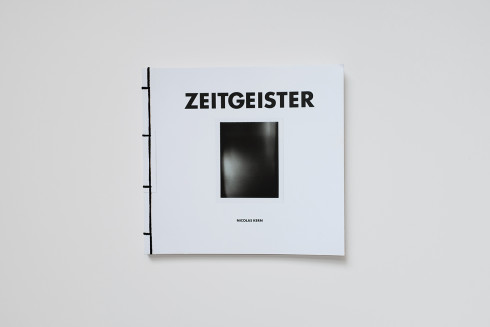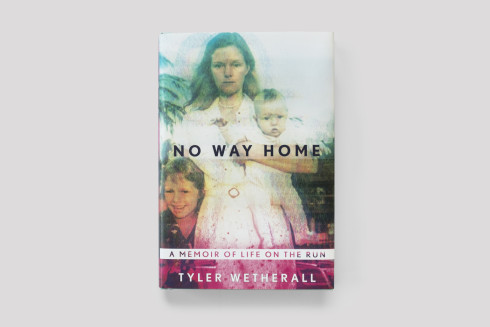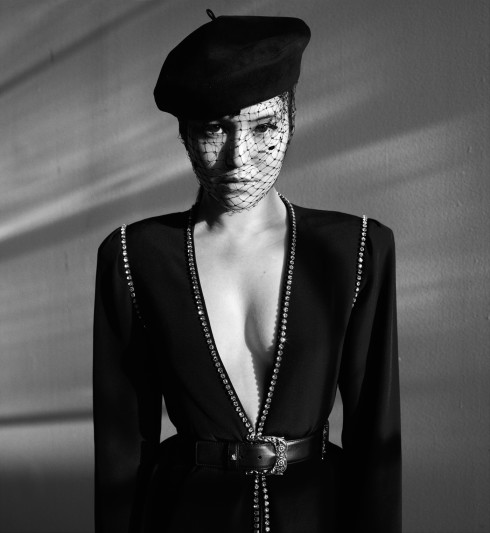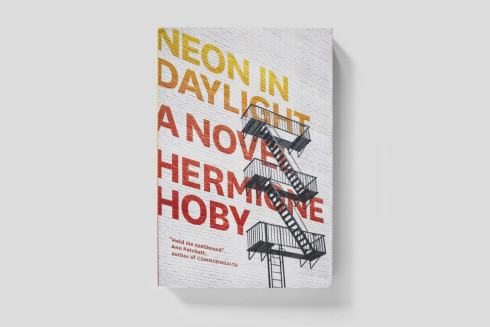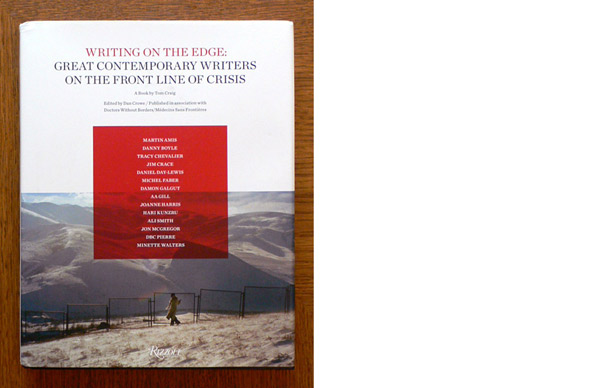
WRITING ON THE EDGE
American war reporting is going through a strange phase at the moment. With soldier-produced images and text so easily and readily available—and, often, so poignant—the idea of journalists and photographers giving us in-the-thick-of-it reportage seems anachronistic. Aren’t all those pros just hanging out in some hotel in Baghdad drinking whiskey, forming alliances and cultivating throwback charisma? Aren’t the words and pictures given to us by soldiers far more authentic and honest? Nope: too simplistic. Encountering an amateur’s view of crisis it is a very different experience than encountering an interpretation of crisis made by an artist. When professional writers, painters, filmmakers and photographers, no matter their nationality or fidelity, produce artworks in response to their subject matter—war, crisis, or otherwise—the effect of this work, when done well, is to remove sentimentality and open the door for engaged analysis and discussion. These art works, in their artistry and complexity of thought, start conversations, whereas most non-professional images and texts have the more straightforward task of delivering “subjectified” information. This is why a book like Writing on the Edge: Great Contemporary Writers on the Front Line of Crisis, which was created by photographer Tom Craig in conjunction with Médecins Sans Frontières, is an important anthology. Through the words of contemporary writers like DBC Pierre (who writes on mental health in Armenia) and Martin Amis (who addresses gang violence in Columbia), one gets a sense of the problems of the world illuminated by art’s highest function, simply put by T.W. Adorno: “…it is now virtually in art alone that suffering can still find its own voice, its consolation, without immediately being betrayed by it.”
Writing on the Edge releases in April
